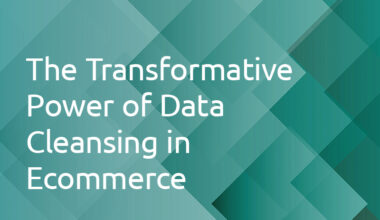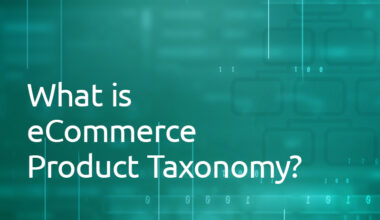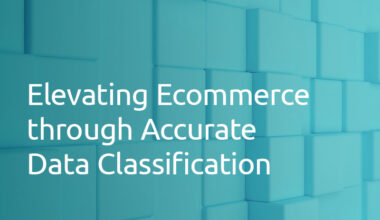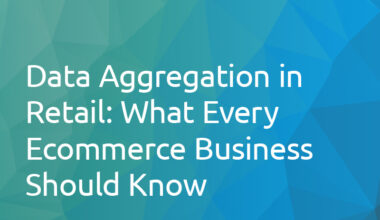The dynamic nature of the retail landscape often requires businesses to shift their digital strategies, pivot their operations, or upgrade their IT infrastructures. A key part of this is product data migration, the process of moving product information from one system to another. Done right, it can lead to improved operational efficiency, better customer experiences, and enhanced business insights. This article aims to explore how retailers can make the most of product data migration.
Why Product Data Migration?
Product data is the lifeblood of retail businesses. It encompasses everything from basic information like product names and prices to in-depth details such as specifications, images, and customer reviews. Migrating this data to more advanced systems can enhance search functionality, improve data management capabilities, and enable the integration of sophisticated tools like AI and machine learning for better product recommendations and personalization.
Planning for Success
Effective product data migration starts with comprehensive planning. Businesses should start by identifying what data needs to be migrated and understanding its current format and structure. Following this, a mapping plan should be developed, outlining how each data field from the source system correlates to the fields in the target system.
Choosing the Right Migration Strategy
There are different ways to approach product data migration—manually, using automated tools, or a hybrid approach. The choice largely depends on the volume of data, the complexity of the data structures, and the resources available. While manual migration may provide a higher level of control, it can be time-consuming and prone to errors. Automated tools, on the other hand, can speed up the process but might require technical expertise to handle any unforeseen issues.
Ensuring Data Integrity
Data integrity is paramount in any migration process. Retailers should ensure all migrated data is accurate, complete, and consistent. This requires meticulous post-migration testing and validation. Tools that can compare source and target data, validate data completeness, and check for data accuracy can be invaluable in this phase.
Post-Migration: Leveraging the Power of Data
Once the migration is complete, the real work begins. The new system should be used to its full potential to reap the benefits of the migration. This could mean leveraging advanced analytics for actionable insights, improving product search and discovery for customers, or integrating AI-powered tools for enhanced personalization.
Product data migration is more than a mere technical process—it’s a strategic move that can redefine how a retail business operates. By approaching it strategically and leveraging the right tools and methodologies, retailers can maximize the benefits, minimize the risks, and truly make the most of product data migration.
 1.416.619.5349 Ext.325
1.416.619.5349 Ext.325 







